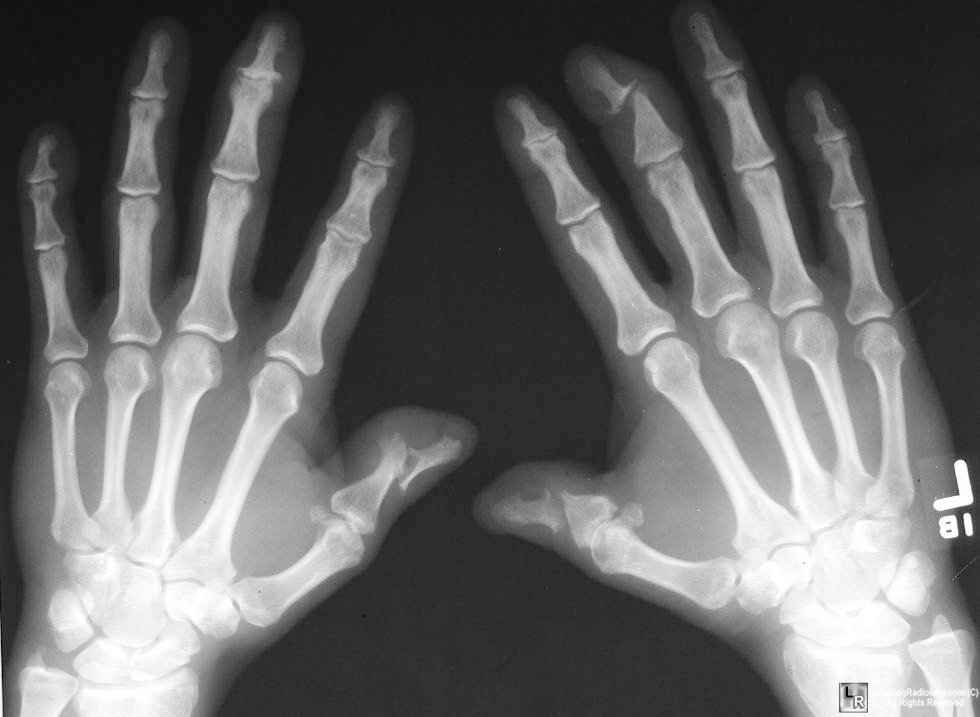
Today in morning report we heard about a case of Dengue Hemorrhagic Fever!
When to think of it: any patient presenting with fever that has developed within 14 days after a trip to the tropics or subtropics
There are four serotypes: infection with one serotype is believed to confer long-lived serotype-specific immunity, but only short-lived crossimmunity between serotypes. Thus secondary infections are common for those who live in endemic areas.
Clinical presentation: After an incubation period of 3 to 7 days, symptoms start suddenly and follow three phases — an initial febrile phase, a critical phase around the time of defervescence, and a spontaneous recovery phase.
In the febrile phase, symptoms include myalgias/arthralgias ("breakbone fever"), a retro-orbital headache, a diffuse maculopapular rash (with "islands of sparing"- as seen in photo above). Labs can show thrombocytopenia and leukopenia, moderate elevation of hepatic aminotransferase levels. This phase lasts for 3 to 7 days, most patients recover without complications.
Critical/defervescence stage: a small percentage of patients will develop a systemic capillary leak syndrome characterised by increasing hemoconcentration, hypoproteinemia, pleural effusions, and ascites. Thrombocytopenia worsens in this phase, accompanied by hemorrhagic manifestations.This stage lasts 48-72 hours and can be fatal.
Clues pointing to impending deterioration: persistent vomiting, increasingly severe abdominal pain, tender hepatomegaly, a high or increasing hematocrit, rapid decrease in the platelet count, serosal effusions, mucosal bleeding, and lethargy or restlessness.
Risk factors for severe dengue: young age, female gender, secondary infection by a different serotype.
How to diagnose it: PCR where available, otherwise diagnose with serology (IgM and IgG)
Treatment is supportive, with close monitoring, IV fluids and blood products.
Here is a great NEJM review on dengue fever
Check out this previous blogpost on fever in the returning traveller- great key points and links to useful resources.
Risk factors for severe dengue: young age, female gender, secondary infection by a different serotype.
How to diagnose it: PCR where available, otherwise diagnose with serology (IgM and IgG)
Treatment is supportive, with close monitoring, IV fluids and blood products.
Here is a great NEJM review on dengue fever
Check out this previous blogpost on fever in the returning traveller- great key points and links to useful resources.




 3 points from any of the
following five categories:
3 points from any of the
following five categories:



















